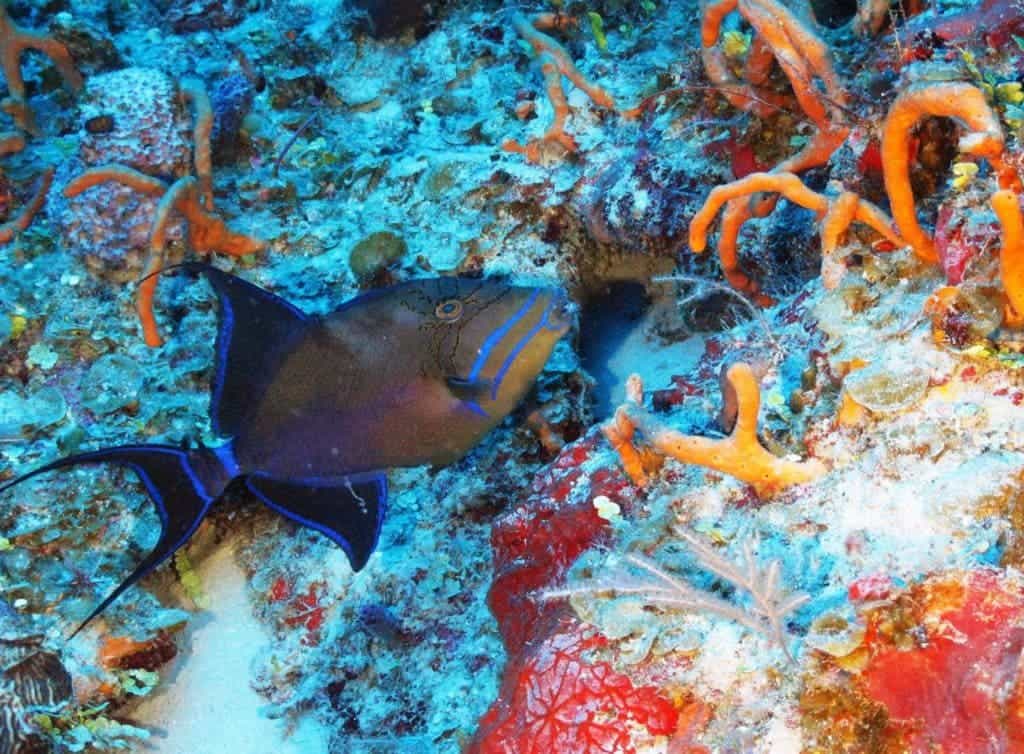An unprecedented expedition revealed Cuba’s stunning marine biodiversity.

As Cuba opens up to the US and subsequently, to the world, the country is expected to significantly develop its economy due to increased trade, investments, and tourism. But there are also concerns — especially about Cuba’s pristine habitats.
In some ways, Cuba has been frozen in time for the past 20 years, but as relations start to thaw, things will definitely change. In 2015, Cuban researchers joined to speak against these risks and about the need for protecting the country’s environment. Well, the first step towards protecting the environment is to know it, and that’s exactly what this expedition is about.
It took two decades for the researchers from Florida Atlantic University’s Harbor Branch Oceanographic Institute to plan the details with local scientists, but it paid off. They carried out a month-long circumnavigation of the entire coast of Cuba, which spans about 1,500 miles (2,729 kilometers). Except for a few select places, the entire coast was completely unknown in terms of habitats. There was no data and nothing to document what’s happening beyond the shallow reefs.
“This expedition would not have been so successful without the hard work and collaboration of all the scientists from Cuba and the United States who participated in the cruise,” said John K. Reed, chief scientist and research professor at FAU’s Harbor Branch.
They used a remotely operated underwater vehicle (ROV) and snorkeling expeditions to chart and document the subsurface. In total, they designated 43 diving spots. They came up with 20,000 underwater photographs, over 100 hours of high-quality video, and collected 500 marine plants. Oceanographic data and water samples also were also collected daily to evaluate seawater chemistry and patterns of water circulation.
At every single diving site along the coast, researchers found mesophotic reefs. Many of these reefs hosted new species, as well as many of the old familiar faces. The biodiversity of the Cuban reefs clearly rivals that of their Caribbean counterparts.
“We were thrilled to discover that overall, the majority of the mesophotic reefs that we explored are very healthy and nearly pristine compared to many reefs found in the U.S. We saw little evidence of coral disease or coral bleaching, and evidence of human impact was limited to some lost long lines at some of the sites. Our biggest concern, however, is that we saw few large grouper,” Reed added.
Now that the areas have been described, it remains to be seen how they can be best protected. Around 22 percent of the Cuban shore is a designated Marine Protection Area (MPA). At least four new sites that fit the criteria for an MPA but are not yet designated have been discovered in the expedition.
“This expedition was a very successful collaboration between numerous institutions, universities and scientists,” said Anton Post, Ph.D., executive director of FAU’s Harbor Branch. “These new discoveries will provide important documentation on the density of corals and fish in Cuba and ultimately determine the genetic connectivity of their corals and those collected from the U.S. Flower Gardens Bank and Florida Keys National Marine Sanctuaries.”
The fact that these areas were still relatively untainted was underlined by the fact that invasive species were present, but in much smaller numbers than in other places. The lionfish, for instance — a genus of venomous marine fish found in the Atlantic, the Caribbean, and the Mediterranean Sea — often number in the hundreds in Florida’s reef. Fewer invasive individuals were present around Cuba.
With worldwide reefs being in disarray, protecting these still understudied areas is more important than ever. The country’s thousands of miles of coral reef ecosystems are healthier than those in the Caribbean — let’s try to keep them healthy, shall we?


